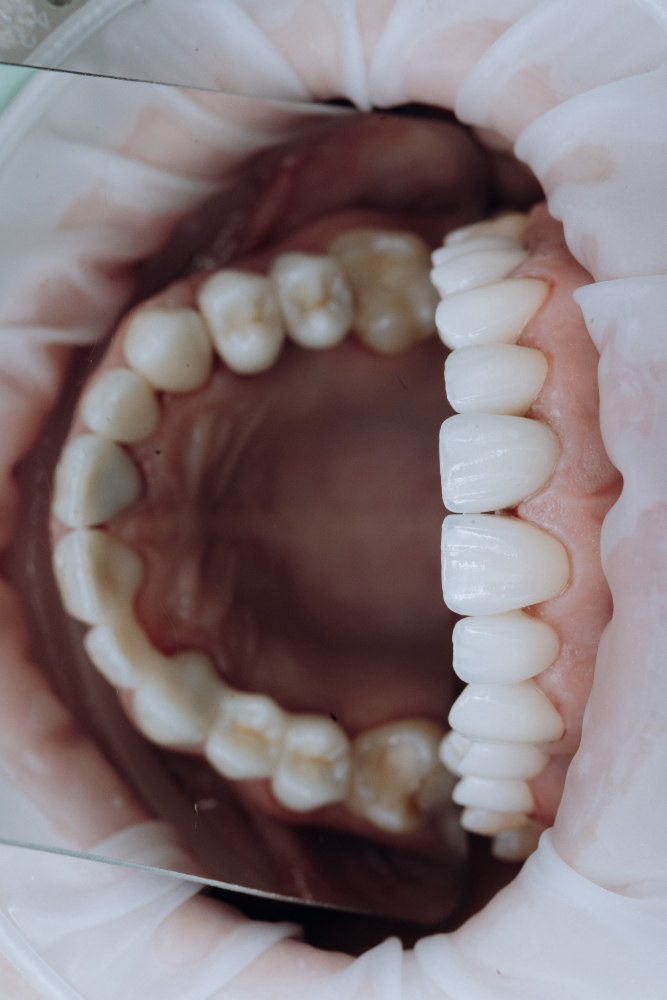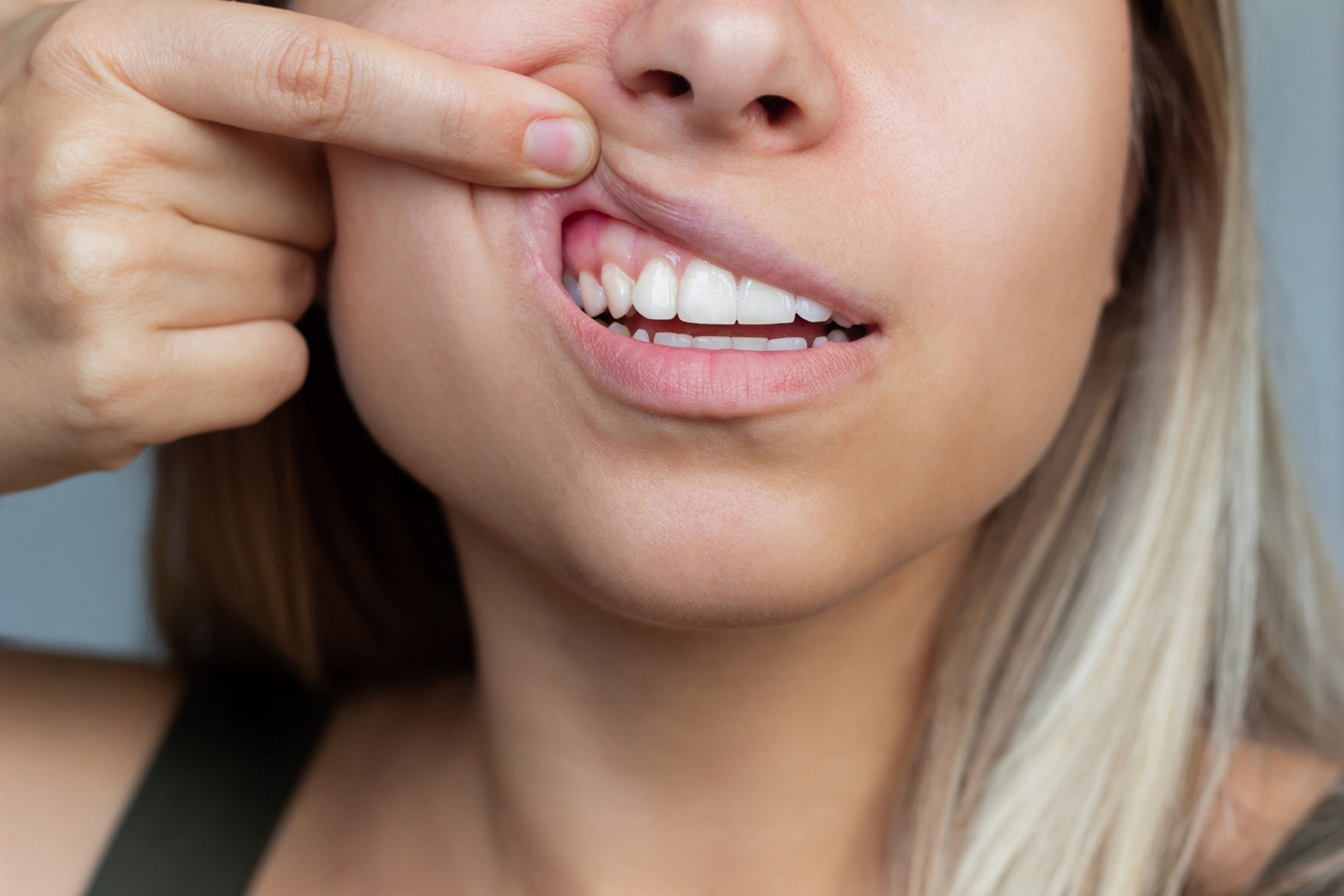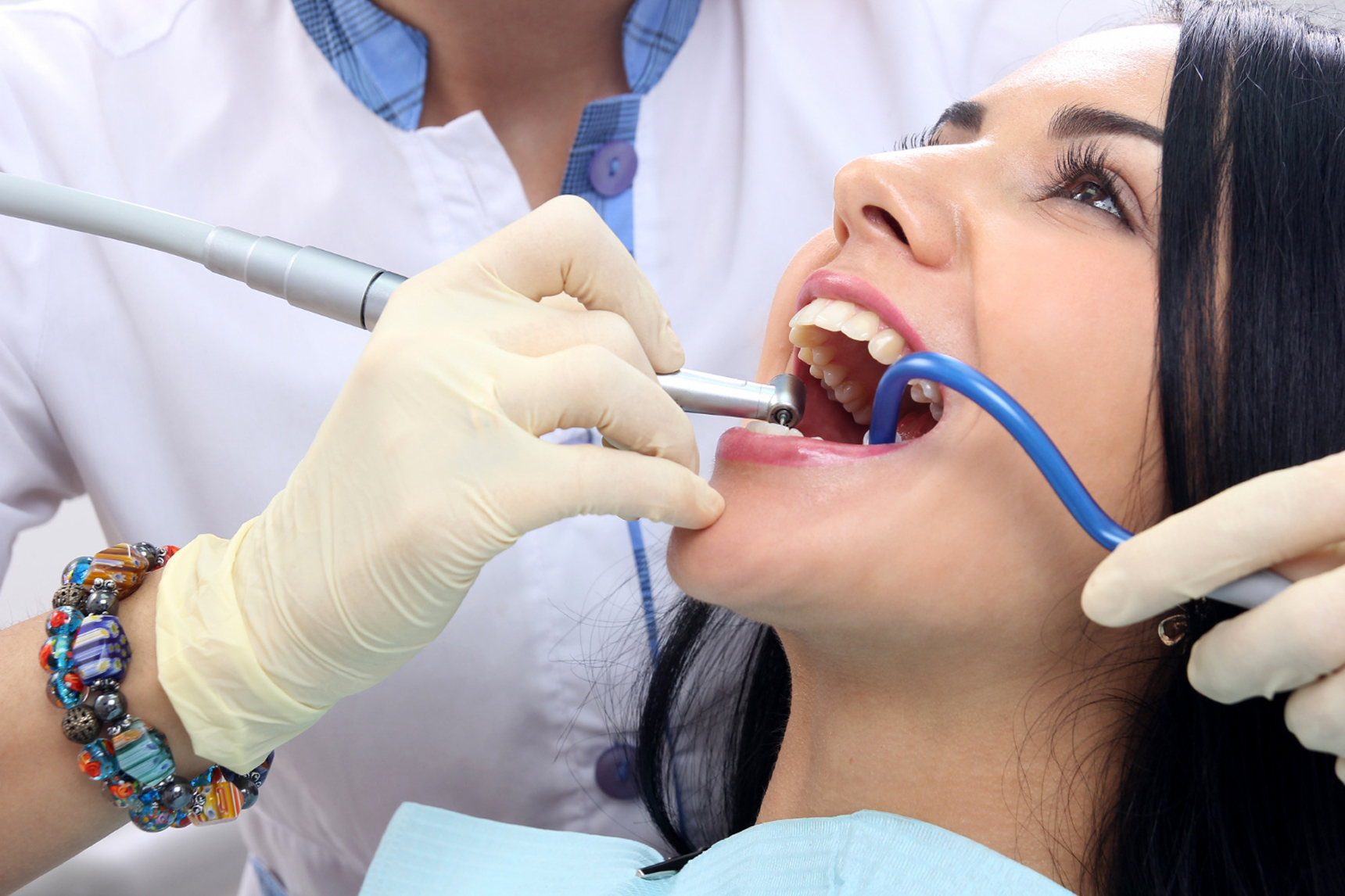
At City Clinic, composite bonding offers a quick, effective way to improve your smile. Whether you have chipped, cracked, stained or uneven teeth, composite resin is precisely matched to your natural tooth colour, applied directly to the tooth, sculpted and then hardened with light, resulting in a natural finish.
Because the procedure typically requires little or no removal of natural tooth structure, it offers a more conservative alternative to veneers or full crowns.

1
2
3
Duration:
Number of Sessions:
Recovery / Downtime:
Pain Level:
Pre-Treatment:
Post-Treatment:
Immediately after the procedure you’ll have a smoother, more uniform smile with repaired imperfections. Long‑term, composite bonding supports aesthetics and helps maintain a confident smile when combined with proper oral hygiene.
• Extensive dental decay or structural tooth damage requiring crowns
• Active gum disease or poor oral hygiene
• Teeth grinding (bruxism) without protective measures
• Cases requiring major alignment correction
• Number of teeth to be treated
• Extent of reshaping or repairs required
• Need for additional protective splints or adjustments
• Use of premium composite materials




